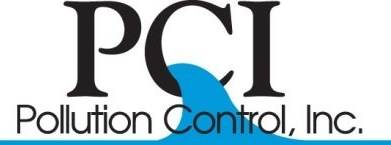Chemical Waste Services
Chemical waste is any type of waste that is composed of noxious, potentially hazardous chemicals. Harmful chemicals and solvents that are the byproducts of large scale laboratories and manufacturing plants serve as the most common examples of industrial chemical waste. Hazardous waste removal and disposing of hazardous materials is a strict policy that all commercial corporations must adhere to.
Pollution Control Inc. provides the same services of packaging classification transportation and disposal for ALL hazard classes 2-9 in addition in all forms (both containerized. ie drums etc and in bulk tankers etc.) and for all forms of non hazardous waste (containerized and in bulk). At Pollution Control Inc., we specialize in chemical waste disposal and hazardous waste removal. Identifying these chemicals can be difficult, so take advantage of our Free Consultation service in order to properly identify your chemical waste at your hazardous waste removal company.
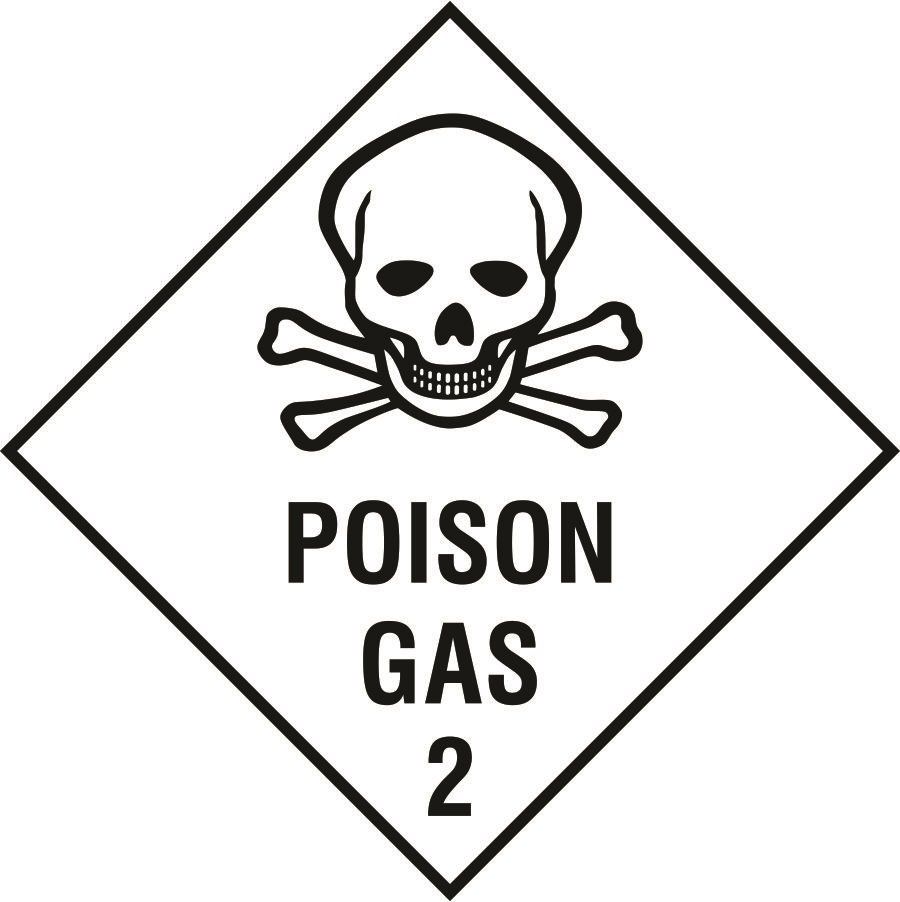
Class 2: Gases
Substances with a vapor pressure of 300 kPa or greater at 50 degrees Celsius and those that are completely gaseous at standard atomic pressure at 20 degrees Celsius fall into the gases category. Items containing these substances are also categorized as class 2 hazardous materials. The classification is broken down into three sub-divisions that include several common items like aerosols, compressed cases, fire extinguishers, gas cartridges, natural gas and propane.
Division 2.1 Flammable gases
Division 2.2 Non-flammable, non-toxic* gases
Division 2.3 Toxic* gases
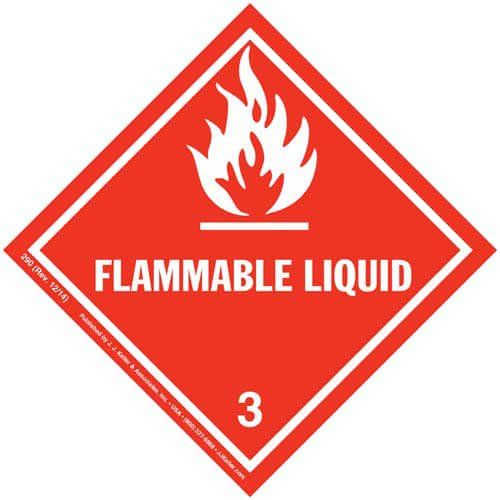
Class 3: FlammableLiquid and Combustible Liquid
Flammable liquids have flashpoints of 60 to 65 degrees Celsius or lower. They are defined as liquids, liquids containing solids in solution or mixtures of liquids. Liquids transported at temperatures at or above their flashpoints are also classified as flammable liquids. Common examples include many adhesives, paints, alcohol, diesel fuel, gasoline, acetone and kerosene.
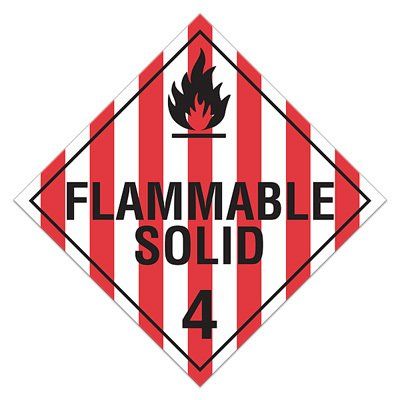
Class 4: FlammableSolid and Combustible
This class includes materials that are readily combustible under conditions that are common during transport. Self-reactive substances that may undergo strong exothermic reactions or solid desensitized explosions are also included in this category. This category is broken down into three sub-divisions. Commonly transported flammable solids include matches, metal powders, sodium batteries and activated carbon.
Division 4.1 Flammable solids, self-reactive substances and solid desensitized explosives
Division 4.2 Substances liable to spontaneous combustion
Division 4.3 Substances which in contact with water emit flammable gases
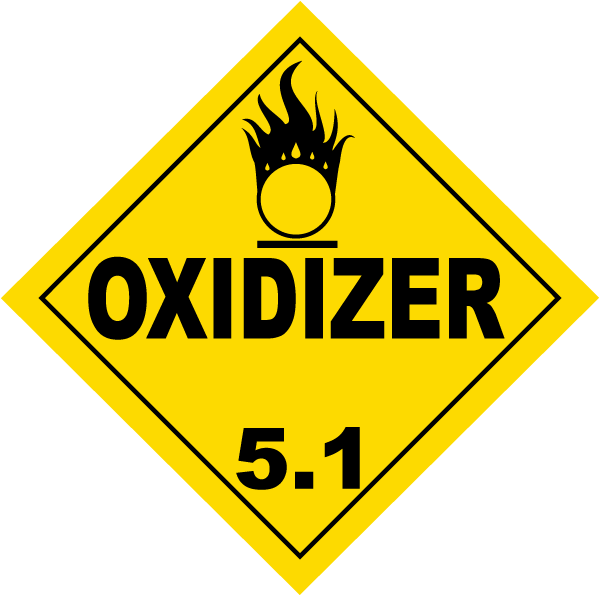
Class 5: Oxidizer andOrganic Peroxide
Oxidizers are substances that may contribute to or cause combustion by yielding oxygen as the result of a chemical reaction. Organic peroxides are substances that may qualify as hydrogen peroxide where organic radicals have replaced one or both of the hydrogen atoms in the chemical structure. Chemical oxygen generators, nitrates, nitrites, ammonium nitrate fertilizers and sodium nitrate are a few common examples of this type of hazardous material.
Division 5.1 Oxidizing substances
Division 5.2 Organic peroxides
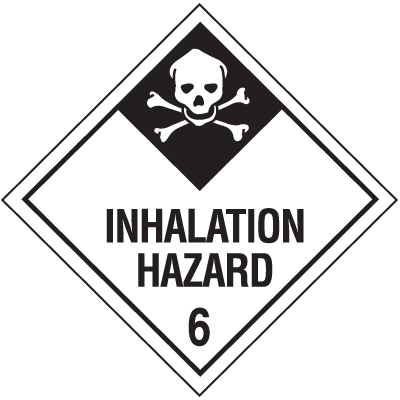
Class 6: Poison (Toxic) and Poison Inhalation Hazard
Toxic substances include any substances that could cause serious injury, harm or death to a human if inhaled, swallowed or allowed to come into contact with skin. Infectious substances are materials that are known to or likely to contain pathogens such as viruses, bacteria, parasites, fungi and other microorganisms that can cause disease in humans and animals. Examples include medical and biomedical waste, biological cultures, tear gas, dyes, acids, cyanides, arsenic, nicotine and chloroform.
Division 6.1 Toxic* substances
Division 6.2 Infectious substances
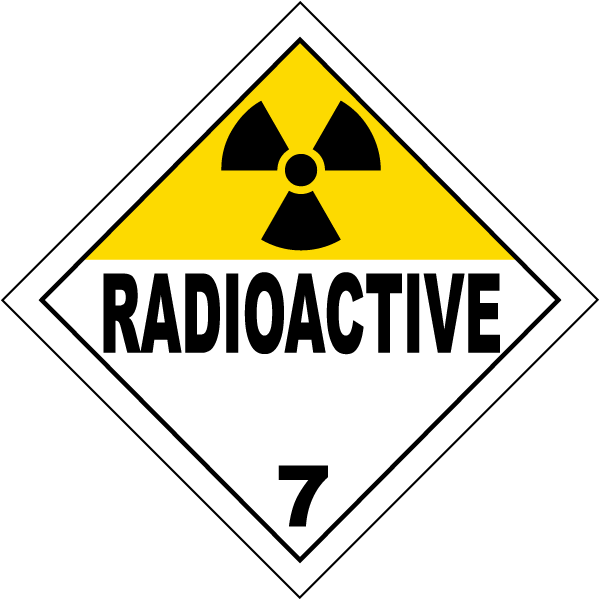
Class 7: Radioactive
This class includes materials that contain radionuclides — atoms that are subject to radioactive decay due to an unstable nucleus — where both the total activity and activity concentration exceed predefined values. These materials emit ionizing radiation, which is extremely dangerous to human health. Medical isotopes, radioactive ores, depleted uranium and density gauges are a few of the most commonly transported radioactive materials.
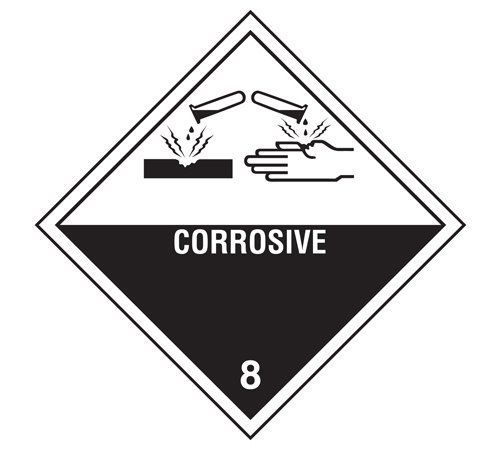
Class 8: Corrosive
Corrosives include substances that disintegrate or degrade other materials on contact by way of chemical action. They will damage surrounding materials if they leak while in transit, and they can cause severe damage to living tissue. Examples include acids and acid solutions, batteries, dyes, paints and flux.
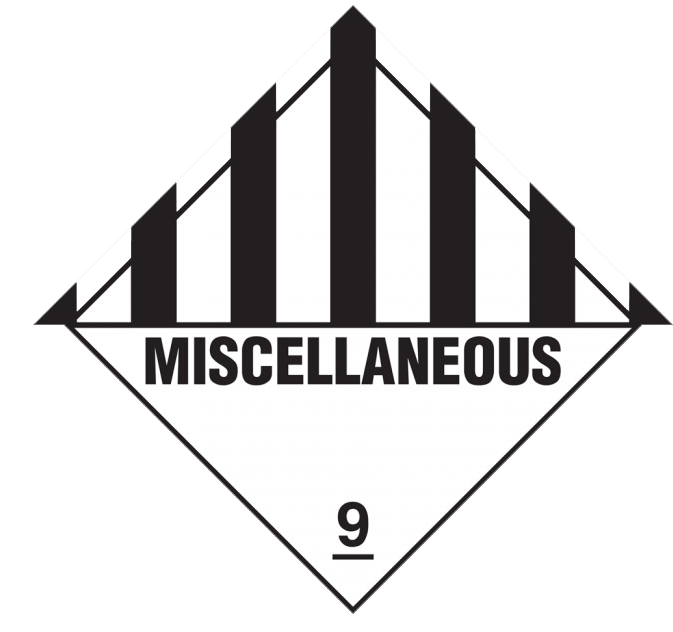
Class 9: Miscellaneous
Some hazardous materials do not fall into any of the first eight categories. In these situations, they are classified as “miscellaneous hazardous materials,” a class that includes environmentally hazardous substances, genetically modified organisms, substances that are transported at high temperatures and magnetized materials. A few common examples include dry ice, lithium-ion batteries, vehicles, first-aid kits, life-saving appliances and fuel cell engines.
